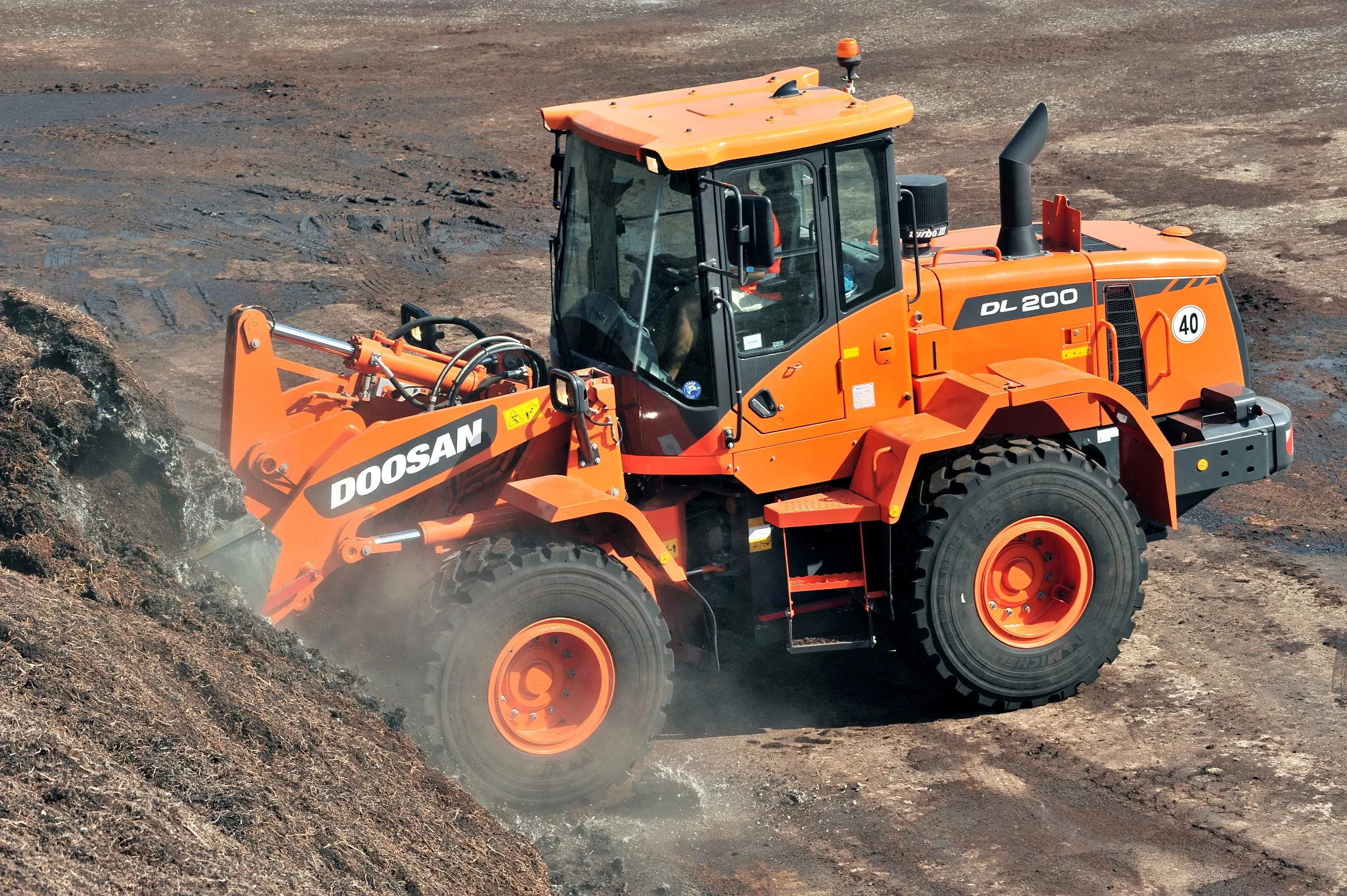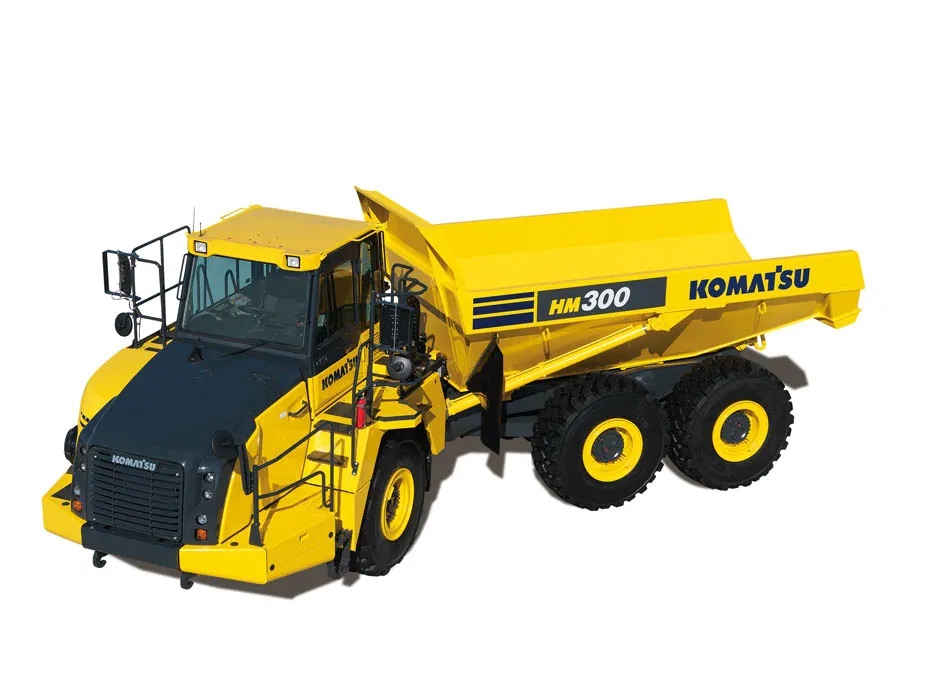Emissions remain the focus for engine development but equipment manufacturers want clarity from regulators Emissions remain a major challenge for the off-highway construction equipment market. The EU has tough targets in this respect and its objective is an overall reduction of CO2 emissions of 80-95% by the year 2050, compared to 1990 levels. There is considerable research already underway on how to reduce fuel consumption and to help ensure the security of energy supply. A number of industry sectors, such
January 17, 2013
Read time: 3 mins
Emissions remain a major challenge for the off-highway construction equipment market. The EU has tough targets in this respect and its objective is an overall reduction of CO2 emissions of 80-95% by the year 2050, compared to 1990 levels. There is considerable research already underway on how to reduce fuel consumption and to help ensure the security of energy supply. A number of industry sectors, such as the construction equipment sector, are already providing solutions to improve energy efficiency.
However the2440 Committee for European Construction Equipment (CECE) says that a holistic approach is needed.
CECE recently took part in an event at the European Parliament debating the compatibility of EU targets for CO2 emissions in the transport sector , which included a special focus on alternative fuels and energy efficiency approaches.
As a conclusion CECE was asked whether the EU should regulate the construction equipment sector on CO2 emissions or if the regulators should refrain and let the industry do this on its own.
This is of major concern. The tough regulations being imposed for controlling exhaust emissions have required massive investment by manufacturers. With the Tier 4 Final/Stage IV emissions legislation being phased in from early 2014, new construction machines in North America and Europe will become considerably cleaner at the tailpipe.
The development process to meet the requirements has been enormously expensive for the industry. And these new generation engines are also reliant on the availability of clean fuel, with extremely low levels of sulphur. The necessary clean fuel is now available in North America and Europe, but is not on sale in developing markets, which causes major problems in terms of the resale of secondhand machines. In the past, these have typically been sold on from fleets in North America and Europe into developing countries, however the non-availability of the necessary fuel is preventing this. Some manufacturers have developed technical solutions to get around this problem, although these are not available for engines or equipment from all the firms in the sector.
The emissions regulations have created major issues for the construction equipment sector and the prospect of further regulations could be in the pipeline. At the recent CECE conference in Berlin, key issues were raised regarding exhaust emissions. Dr Wolfgang Burdet is chairman of the high level technical policy advisory group for CECE. he said, “Up to 70% of available research and development capacities has to be allocated to this redesign of products and could not be used to increase customer benefits in product application or to develop new solutions for huge markets outside the EU. New engine emission legislation is by far the most expensive factor defining the costs of new machines. It also disconnects the EU and North America from growth markets such as Asia, which do not have similar legislation and where the fuel needed is not available.”
Looking ahead, the prospect of limitations on CO2 emissions could prove problematic. Systems used in the automotive sector may not be suitable or practical for use in the construction market. A key issue is that reductions in emissions for transport focus solely on the engine. But with construction applications forming part of processes, concentrating purely on the engine emissions could actually prove counter-productive.
Legislators are not fully aware of the difference between construction machines and on-highway transport. Dr Burdet said, “We fear that a ‘copy-paste’ effect of regulations known from the automotive sector may happen which would be neither appropriate for our products nor for our industry. That’s the danger. Due to our working conditions, it’s a completely different situation.”2 Internal <?xml version="1.0" encoding="utf-16"?><dictionary /> 2 11560 0 oLinkInternal <span class="oLinkInternal"><span class="oLinkInternal">View more videos</span></span> Video false /event-news/bauma-2013/video/ true false %>
However the
CECE recently took part in an event at the European Parliament debating the compatibility of EU targets for CO2 emissions in the transport sector , which included a special focus on alternative fuels and energy efficiency approaches.
As a conclusion CECE was asked whether the EU should regulate the construction equipment sector on CO2 emissions or if the regulators should refrain and let the industry do this on its own.
This is of major concern. The tough regulations being imposed for controlling exhaust emissions have required massive investment by manufacturers. With the Tier 4 Final/Stage IV emissions legislation being phased in from early 2014, new construction machines in North America and Europe will become considerably cleaner at the tailpipe.
The development process to meet the requirements has been enormously expensive for the industry. And these new generation engines are also reliant on the availability of clean fuel, with extremely low levels of sulphur. The necessary clean fuel is now available in North America and Europe, but is not on sale in developing markets, which causes major problems in terms of the resale of secondhand machines. In the past, these have typically been sold on from fleets in North America and Europe into developing countries, however the non-availability of the necessary fuel is preventing this. Some manufacturers have developed technical solutions to get around this problem, although these are not available for engines or equipment from all the firms in the sector.
The emissions regulations have created major issues for the construction equipment sector and the prospect of further regulations could be in the pipeline. At the recent CECE conference in Berlin, key issues were raised regarding exhaust emissions. Dr Wolfgang Burdet is chairman of the high level technical policy advisory group for CECE. he said, “Up to 70% of available research and development capacities has to be allocated to this redesign of products and could not be used to increase customer benefits in product application or to develop new solutions for huge markets outside the EU. New engine emission legislation is by far the most expensive factor defining the costs of new machines. It also disconnects the EU and North America from growth markets such as Asia, which do not have similar legislation and where the fuel needed is not available.”
Looking ahead, the prospect of limitations on CO2 emissions could prove problematic. Systems used in the automotive sector may not be suitable or practical for use in the construction market. A key issue is that reductions in emissions for transport focus solely on the engine. But with construction applications forming part of processes, concentrating purely on the engine emissions could actually prove counter-productive.
Legislators are not fully aware of the difference between construction machines and on-highway transport. Dr Burdet said, “We fear that a ‘copy-paste’ effect of regulations known from the automotive sector may happen which would be neither appropriate for our products nor for our industry. That’s the danger. Due to our working conditions, it’s a completely different situation.”
Stand: 1234
%$Linker:







